Use this nursing care plan and management guide to provide care for patients with glaucoma. Enhance your understanding of nursing assessment, interventions, goals, and nursing diagnosis, all specifically tailored to address the unique needs of individuals with glaucoma.
What is Glaucoma?
Glaucoma or Increased intraocular pressure (IOP) is the result of inadequate drainage of aqueous humor from the anterior chamber of the eye. It is a condition that causes damage to your eye’s optic nerve and gets worse over time. The increased pressure causes atrophy of the optic nerve and, if untreated, blindness. Glaucoma tends to be inherited and may not show up until later in life.
There are two primary categories of glaucoma: (1) open-angle and (2) closed-angle (or narrow-angle). Chronic open-angle glaucoma is the most common type, accounting for 90% of all glaucoma cases. It develops slowly, may be associated with diabetes and myopia, and may develop in both eyes simultaneously. Chronic glaucoma has no early warning signs, and the loss of peripheral vision occurs so gradually that substantial optic nerve damage can occur before glaucoma is detected.
Narrow-angle, or angle-closure, glaucoma is the less common form and may be associated with eye trauma, various inflammatory processes, and pupillary dilation after the instillation of mydriatic drops. Acute angle-closure glaucoma is manifested by sudden excruciating pain in or around the eye, blurred vision, and ocular redness. This condition constitutes a medical emergency because blindness may suddenly ensue.
Nursing Care Plans and Management
Nursing care planning and management for patients with glaucoma include: preventing further visual deterioration, promoting adaptation to changes in reduced visual acuity, and preventing complications and injury.
Nursing Problem Priorities
The following are the nursing priorities for patients with glaucoma:
- Recognize and assess signs and symptoms of glaucoma.
- Monitor intraocular pressure and optic nerve function.
- Administer prescribed medications, such as eye drops, to manage intraocular pressure.
- Educate patients about glaucoma, including risk factors, treatment options, and the importance of regular eye exams.
- Provide support and guidance on strategies to optimize eye health and prevent disease progression.
- Coordinate referrals to ophthalmologists or glaucoma specialists for further evaluation and management.
- Offer emotional support and counseling to patients adjusting to the diagnosis of glaucoma.
Nursing Assessment
Assess for the following subjective and objective data:
- Gradual loss of peripheral vision
- Increased intraocular pressure
- Blurred or hazy vision
- Halos around lights
- Vision loss or blindness
- Headaches or eye strain
Nursing Diagnosis
Following a thorough assessment, a nursing diagnosis is formulated to specifically address the challenges associated with glaucoma based on the nurse’s clinical judgement and understanding of the patient’s unique health condition. While nursing diagnoses serve as a framework for organizing care, their usefulness may vary in different clinical situations. In real-life clinical settings, it is important to note that the use of specific nursing diagnostic labels may not be as prominent or commonly utilized as other components of the care plan. It is ultimately the nurse’s clinical expertise and judgment that shape the care plan to meet the unique needs of each patient, prioritizing their health concerns and priorities.
Nursing Goals
Goals and expected outcomes may include:
- The client will participate in the therapeutic regimen.
- The client will maintain the current visual field/acuity without further loss.
- The client will appear relaxed and report anxiety is reduced to a manageable level.
- The client will verbalize understanding of the condition, prognosis, and treatment.
- The client will identify the relationship between signs/symptoms to the disease process.
- The client will verbalize understanding of treatment needs.
- The client will correctly perform the necessary procedures and explain the reasons for the actions.
Nursing Interventions and Actions
Therapeutic interventions and nursing actions for patients with glaucoma may include:
1. Monitoring Intraocular Pressure and Improving Visual Sensory Perception
Glaucoma is characterized by increased intraocular pressure, which can lead to changes in visual sensory perception. Patients with glaucoma may experience vision loss, particularly in the peripheral areas, and have difficulty seeing in low-light conditions. Proper management of intraocular pressure is essential to preserve visual function and prevent further damage to the optic nerve.
Determine the type and degree of visual loss.
Affects the choice of interventions and the patient’s future expectations.
Allow expression of feelings about loss and the possibility of a loss of vision.
Although early intervention can prevent blindness, the patient faces the possibility or may have already experienced a partial or complete loss of vision. Although vision loss cannot be restored (even with treatment), further loss can be prevented.
Implement measures to assist patients to manage visual limitations such as reducing clutter, arranging furniture out of travel path; turning heads to view subjects; correcting for dim light and problems of night vision.
Reduces safety hazards related to changes in visual fields or loss of vision and papillary accommodation to environmental light.
Demonstrate administration of eye drops (counting drops, adhering to the schedule, not missing doses).
Controls IOP, preventing further loss of vision.
Assist with the administration of medications as indicated:
These direct-acting topical myotic drugs cause pupillary constriction, facilitating the outflow of aqueous humor and lowering IOP. Note: Ocusert is a disc (similar to contact) that is placed in the lower eyelid, where it can remain for up to 1 wk before being replaced.
Stress the importance of meticulous compliance with prescribed drug therapy.
See Pharmacologic Management
Provide sedation, and analgesics as necessary.
Acute glaucoma attack is associated with sudden pain, which can precipitate anxiety and agitation, further elevating IOP. Medical management may require 4–6 hr before IOP decreases and pain subsides.
Prepare for surgical intervention as indicated:
- Laser therapy such as argon laser trabeculoplasty (ALT), trabeculectomy, or trephination
Filtering operations (laser surgery) are highly successful procedures for reducing IOP by creating an opening between the anterior chamber and the subconjunctival spaces so that aqueous humor can bypass the trabecular mesh block. Note: Apraclonidine (Lopidine) eye drops may be used in conjunction with laser therapy to lessen or prevent postprocedure elevations of IOP. - Iridectomy
Surgical removal of a portion of the iris facilitates drainage of aqueous humor through a newly created opening in the iris connecting to normal outflow channels. Note: Bilateral iridectomy is performed because glaucoma usually develops in the other eye. - Postoperative care after peripheral iridectomy includes cycloplegic eye drops.
To relax the ciliary muscle and decrease inflammation, thus preventing adhesions. Cycloplegics must be used only in the affected eye. the use of these drops in the normal eye may precipitate an attack of acute angle-closure glaucoma in this eye, threatening the patient’s residual vision. - Malento valve implant
Separates ciliary body from the sclera to facilitate outflow of aqueous humor. - Cyclocryotherapy
Used in intractable glaucoma. - Diathermy or cryosurgery
If other treatments fail, the destruction of the ciliary body reduces the formation of aqueous humor - Aqueous-venous shunt
Experimental ocular implant device corrects and prevents scarring over or closure of drainage sac created by trabeculectomy.
2. Providing Emotional Support and Counselling to Reduce Anxiety
Patients with glaucoma may experience anxiety due to the fear of losing their vision or becoming visually impaired. The chronic nature of the disease and the potential for irreversible vision loss can cause significant stress and anxiety for patients, affecting their quality of life.
Evaluate anxiety level, degree of pain experienced or suddenness of onset of symptoms, and current knowledge of the condition.
These factors affect the patient’s perception of threat to self, potentiate the cycle of anxiety, and may interfere with medical attempts to control IOP.
Give accurate, honest information. Discuss the probability that careful monitoring and treatment can prevent additional visual loss.
This lessens anxiety related to unknown or future expectations and provides a factual basis for making informed choices about treatment.
Allow the patient to acknowledge concerns and express feelings.
Provides an opportunity for the patient to deal with the reality of the situation, clarify misconceptions, and problem-solve concerns
Promote a calm and soothing environment by ensuring adequate lighting, and minimizing noise and distractions in the environment.
Soft, ambient lighting can create a relaxing atmosphere while minimizing noise and distractions in the environment can also help reduce anxiety.
Teach relaxation techniques including deep breathing exercises, progressive muscle relaxation, guided imagery, and mindfulness meditation.
These techniques help promote a sense of calmness, reduce muscle tension, and redirect attention away from anxious thoughts.
Provide clear and concise information about the procedures and treatments.
This can help alleviate anxiety in patients with glaucoma by reducing uncertainty and fear of the unknown. When patients understand what to expect, including the purpose of the procedures, the potential outcomes, and any potential risks or side effects, the patient can feel more in control and prepared.
Identify helpful resources and support groups.
These groups can offer guidance, reassurance, and additional resources to address the patient’s anxiety effectively.
3. Initiating Patient Education and Health Teachings
Patients with glaucoma may have a lack of knowledge about the disease and its management due to limited access to information, inadequate patient education, or lack of awareness. This can lead to poor treatment adherence, delayed diagnosis, and increased risk of vision loss, highlighting the importance of patient education and awareness programs.
Identify potential side effects and adverse reactions of treatment such as decreased appetite, nausea, and vomiting, diarrhea, fatigue, “drugged” feeling, decreased libido, impotence, cardiac irregularities, syncope, and heart failure (HF).
Drug side and adverse effects range from uncomfortable to severe or health-threatening. Approximately 50% of patients develop sensitivity or allergy to parasympathomimetics (pilocarpine) or anticholinesterase drugs. These problems require medical evaluation and a possible change in the therapeutic regimen.
Stress the importance of glaucoma screening.
For early detection and prevention. All people older than age 35, especially those with family histories of glaucoma, should have an annual tonometric examination.
Review pathology and prognosis of the condition and lifelong need for treatment.
Provides an opportunity to clarify and dispel misconceptions and present condition and something that is manageable.
Discuss the necessity of wearing identification (MedicAlert bracelet).
Vital to provide information for caregivers in case of emergency to reduce the risk of receiving contraindicated drugs (atropine).
Demonstrate proper technique for administration of eye drops, gels, or discs. Have the patient perform a return demonstration.
Enhances the effectiveness of treatment. Provides an opportunity for the patient to show competence and ask questions.
Review the importance of maintaining a drug schedule like eye drops. Discuss medications that should be avoided such as mydriatic drops (atropine, propantheline bromide), overuse of topical steroids, and additive effects of [beta]-blocking when systemic [beta]-blocking agents are used.
This disease can be controlled, not cured, and maintaining a consistent medication regimen is vital to control. Some drugs cause pupil dilation, increasing IOP and potentiating additional loss of vision. Note: All [beta]-blocking glaucoma medications are contraindicated in patients with greater than first-degree heart block, cardiogenic shock, or overt heart failure.
Encourage the patient to make necessary changes in lifestyle.
A tranquil lifestyle decreases the emotional response to stress, preventing ocular changes that push the iris forward, which may precipitate an acute attack.
Reinforce avoidance of activities such as heavy lifting and pushing, snow shoveling, and wearing tight or constricting clothing.
May increase IOP, precipitating the acute attack. Note: If the patient is not experiencing pain, cooperation with the drug regimen and acceptance of lifestyle changes are often difficult to sustain.
Discuss dietary considerations (adequate fluid, bulk, or fiber intake).
Measures to maintain consistency of stool to avoid constipation and straining during defecation.
Stress the importance of routine checkups.
Important to monitor the progression and maintenance of the disease to allow for early intervention and prevent further loss of vision.
Advise the patient to immediately report severe eye pain, inflammation, increased photophobia, increased lacrimation, changes in the visual field, veil-like curtains, blurred vision, flashes of light, and particles floating in the visual field.
Prompt action may be necessary to prevent further vision loss and other complications (detached retina).
Recommend family members be examined regularly for signs of glaucoma.
Hereditary tendency to shallow anterior chambers places family members at increased risk for developing the condition. Note: African-Americans in every age category should have frequent examinations because of the increased incidence and more aggressive course of glaucoma in these individuals.
Identify strategies and resources for socialization like support groups, the Visually Impaired Society, the local library, and transportation services.
Decreased visual acuity may limit the patient’s ability to drive and cause the patient to withdraw from usual activities.
4. Administer Medications and Provide Pharmacologic Support
Medications for glaucoma aim to lower intraocular pressure and prevent further damage to the optic nerve. Commonly used medications include prostaglandin analogs, beta-blockers, alpha-adrenergic agonists, carbonic anhydrase inhibitors, and cholinergic agents. These medications may be administered in the form of eye drops or oral tablets and work by either reducing the production of aqueous humor or increasing its drainage from the eye.
Chronic, open-angle glaucoma Pilocarpine hydrochloride (Isopto Carpine, Ocusert [disc], Pilopine HS gel)
Beta-blockers decrease the formation of aqueous humor without changing pupil size, vision, or accommodation. Note: These drugs may be contraindicated or require close monitoring for systemic effects in the presence of bradycardia or asthma.
Timolol maleate (Timoptic), betaxolol (Betoptic), carteolol (Ocupress), metipranolol (OptiPranolol), levobunolol (Betagan)
Carbonic anhydrase inhibitors decrease the rate of production of aqueous humor. Note: Systemic adverse effects are common, including mood disturbances, GI upset, and fatigue.
Acetazolamide (Diamox), methazolamide (Neptazane), dorzolamide (Trusopt)
Contracts the sphincter muscles of the iris, deepens the anterior chamber and dilates vessels of the outflow tract during an acute attack or before surgery.
Narrow-angle (angle-closure) type Miotics (until the pupil is constricted); Carbonic anhydrase inhibitors like acetazolamide (Diamox); dichlorphenamide (Daranide); methazolamide (Neptazane)
Decreases secretion of aqueous humor and lowers IOP.
Sympathomimetics: dipivefrin (Propine), brimonidine (Alphagan), epinephrine (Epifrin), apraclonidine (Iopidine), latanoprost (Xalatan)
Adrenergic drops also decrease the formation of aqueous humor and may be beneficial when the patient is unresponsive to other medications. Although free of side effects such as miosis, blurred vision, and night blindness, they have the potential for additive adverse cardiovascular effects in combination with other cardiovascular agents. Note: Light-colored eyes are more responsive to these drugs than dark-colored eyes, necessitating added considerations when determining the appropriate dosage.
Recommended Resources
Recommended nursing diagnosis and nursing care plan books and resources.
Disclosure: Included below are affiliate links from Amazon at no additional cost from you. We may earn a small commission from your purchase. For more information, check out our privacy policy.
Ackley and Ladwig’s Nursing Diagnosis Handbook: An Evidence-Based Guide to Planning Care
We love this book because of its evidence-based approach to nursing interventions. This care plan handbook uses an easy, three-step system to guide you through client assessment, nursing diagnosis, and care planning. Includes step-by-step instructions showing how to implement care and evaluate outcomes, and help you build skills in diagnostic reasoning and critical thinking.

Nursing Care Plans – Nursing Diagnosis & Intervention (10th Edition)
Includes over two hundred care plans that reflect the most recent evidence-based guidelines. New to this edition are ICNP diagnoses, care plans on LGBTQ health issues, and on electrolytes and acid-base balance.

Nurse’s Pocket Guide: Diagnoses, Prioritized Interventions, and Rationales
Quick-reference tool includes all you need to identify the correct diagnoses for efficient patient care planning. The sixteenth edition includes the most recent nursing diagnoses and interventions and an alphabetized listing of nursing diagnoses covering more than 400 disorders.

Nursing Diagnosis Manual: Planning, Individualizing, and Documenting Client Care
Identify interventions to plan, individualize, and document care for more than 800 diseases and disorders. Only in the Nursing Diagnosis Manual will you find for each diagnosis subjectively and objectively – sample clinical applications, prioritized action/interventions with rationales – a documentation section, and much more!

All-in-One Nursing Care Planning Resource – E-Book: Medical-Surgical, Pediatric, Maternity, and Psychiatric-Mental Health
Includes over 100 care plans for medical-surgical, maternity/OB, pediatrics, and psychiatric and mental health. Interprofessional “patient problems” focus familiarizes you with how to speak to patients.

See also
Other recommended site resources for this nursing care plan:
- Nursing Care Plans (NCP): Ultimate Guide and Database MUST READ!
Over 150+ nursing care plans for different diseases and conditions. Includes our easy-to-follow guide on how to create nursing care plans from scratch. - Nursing Diagnosis Guide and List: All You Need to Know to Master Diagnosing
Our comprehensive guide on how to create and write diagnostic labels. Includes detailed nursing care plan guides for common nursing diagnostic labels.
Other ophthalmic nursing care plans:



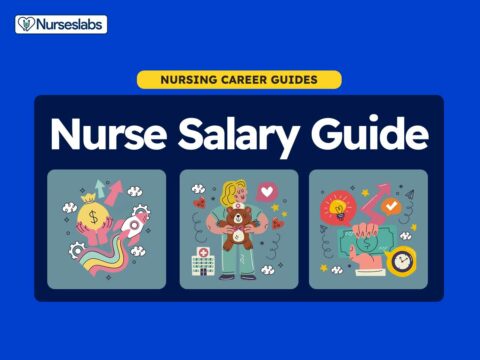





















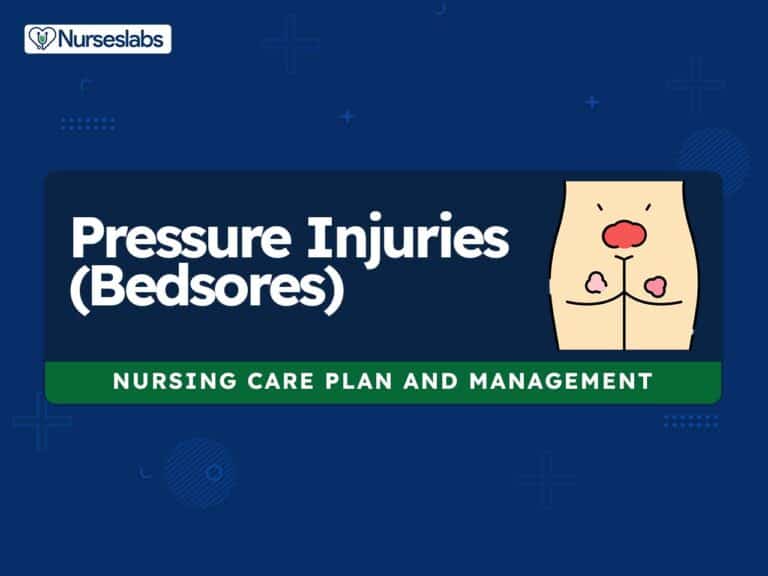

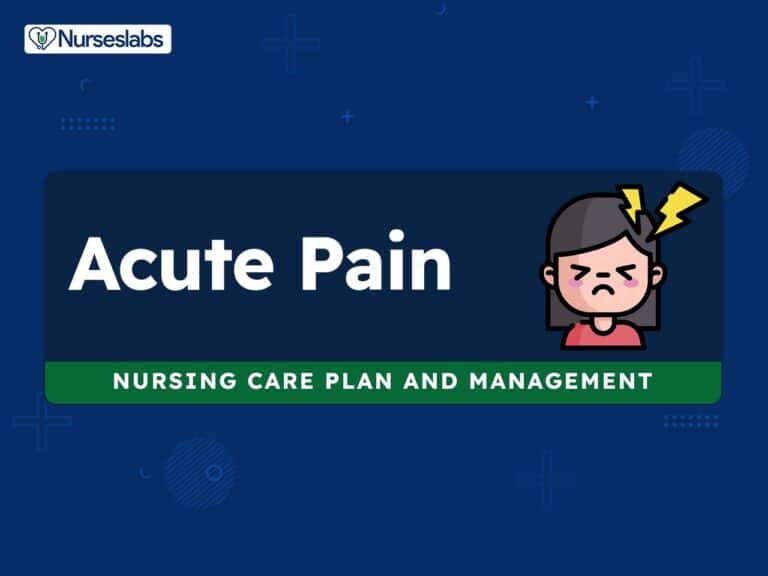

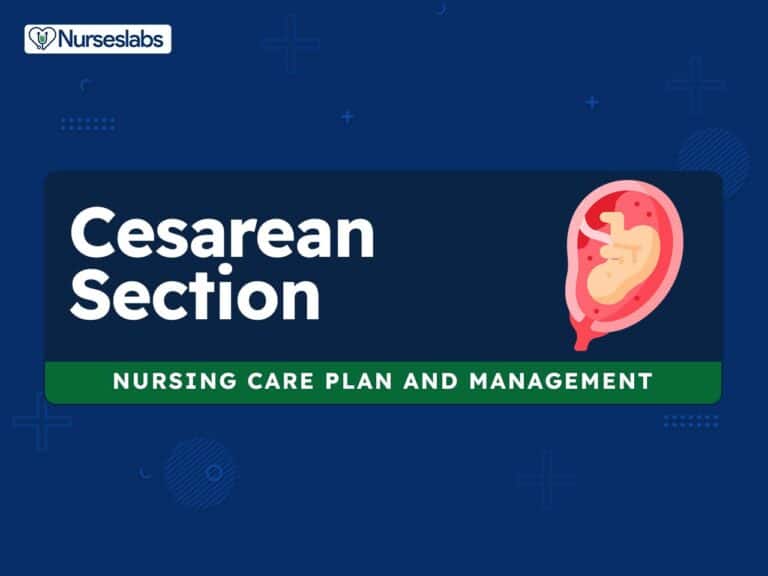
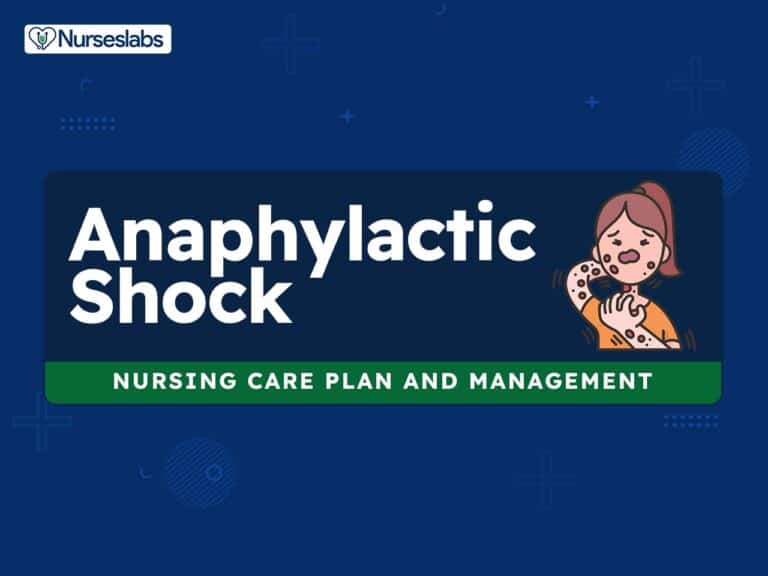
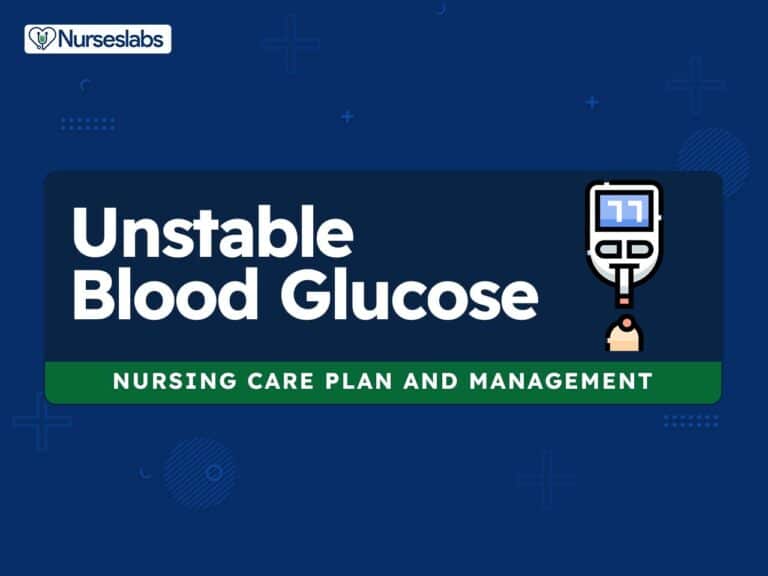

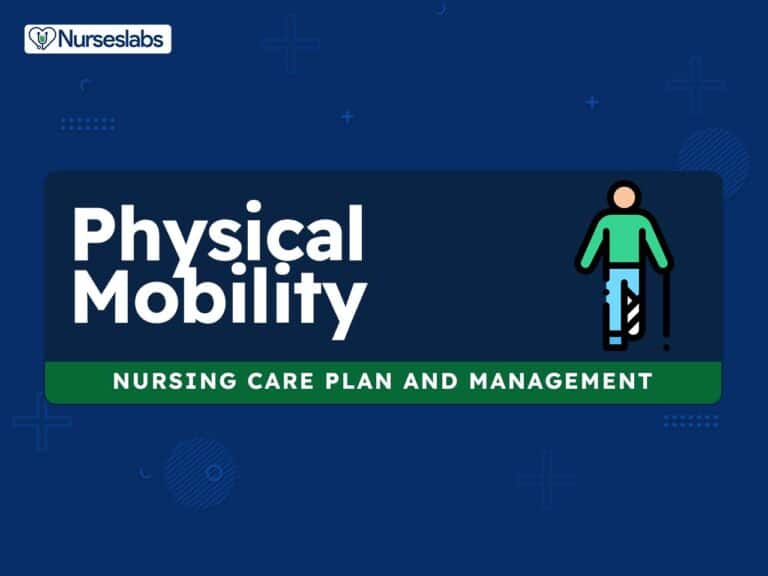
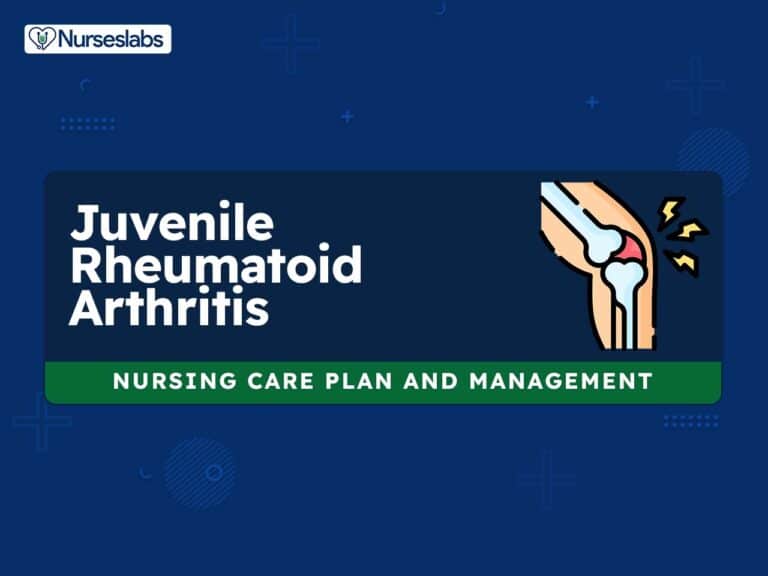
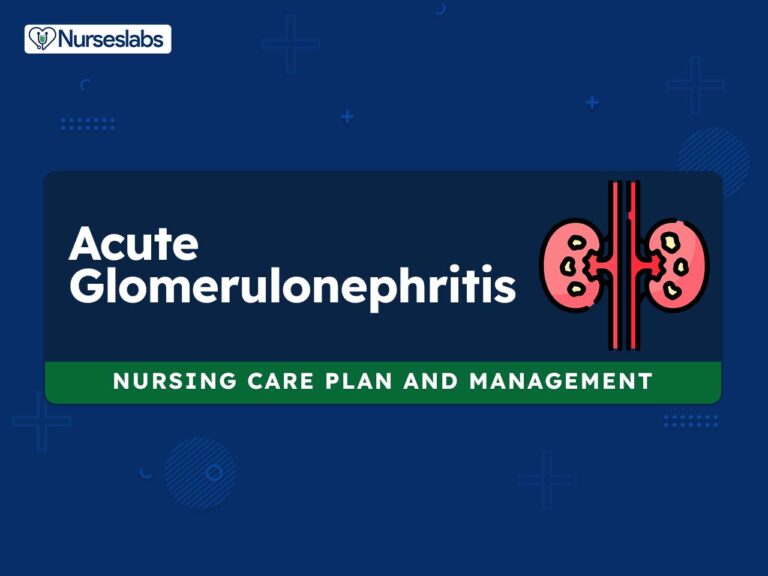
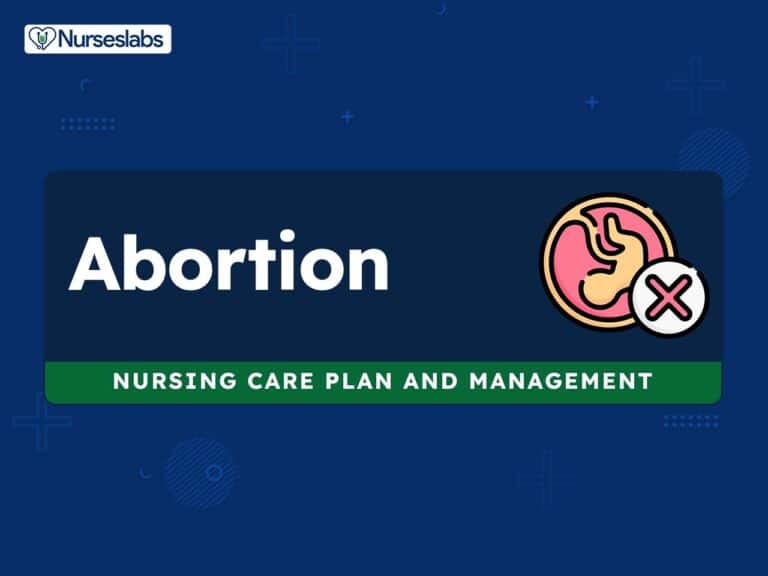
Leave a Comment